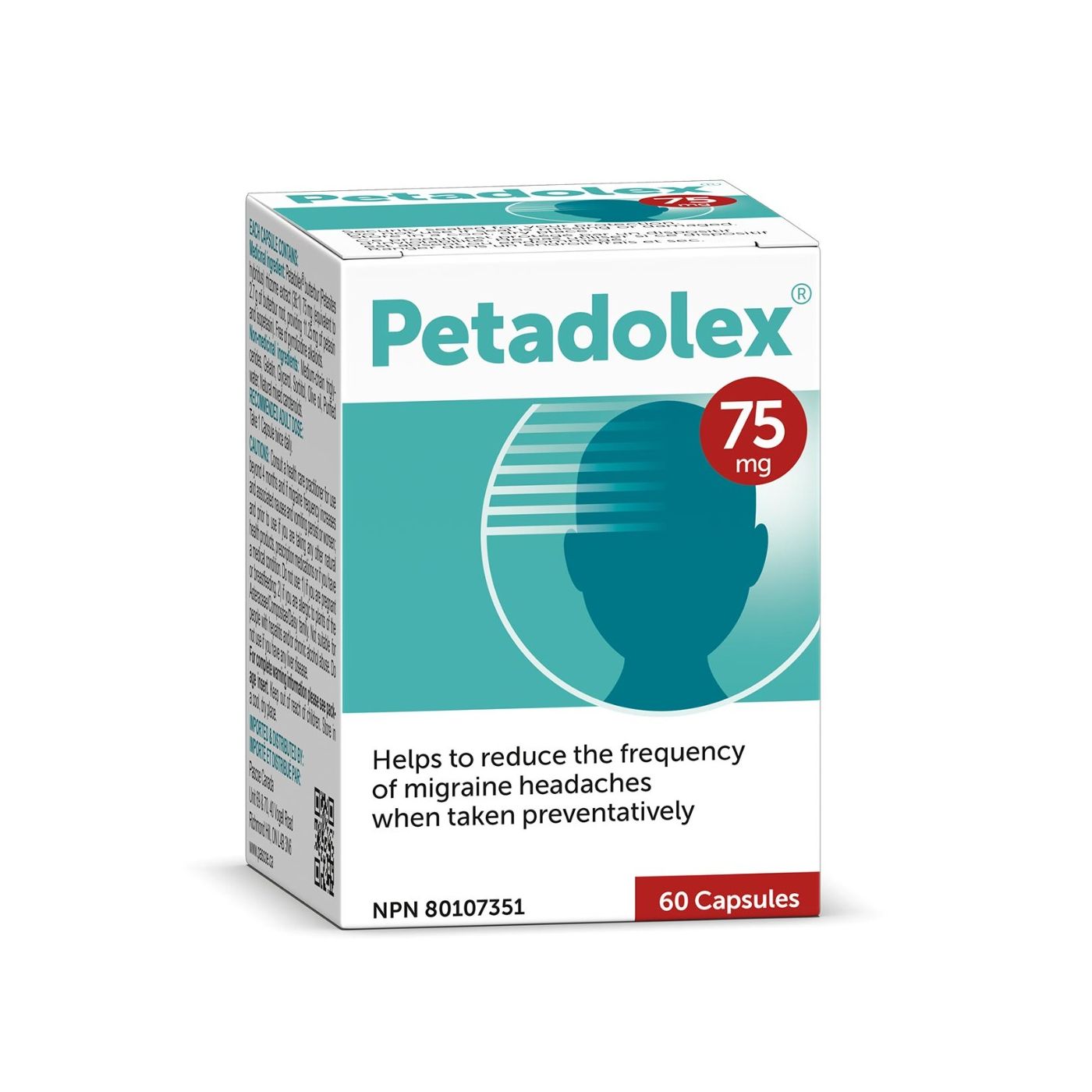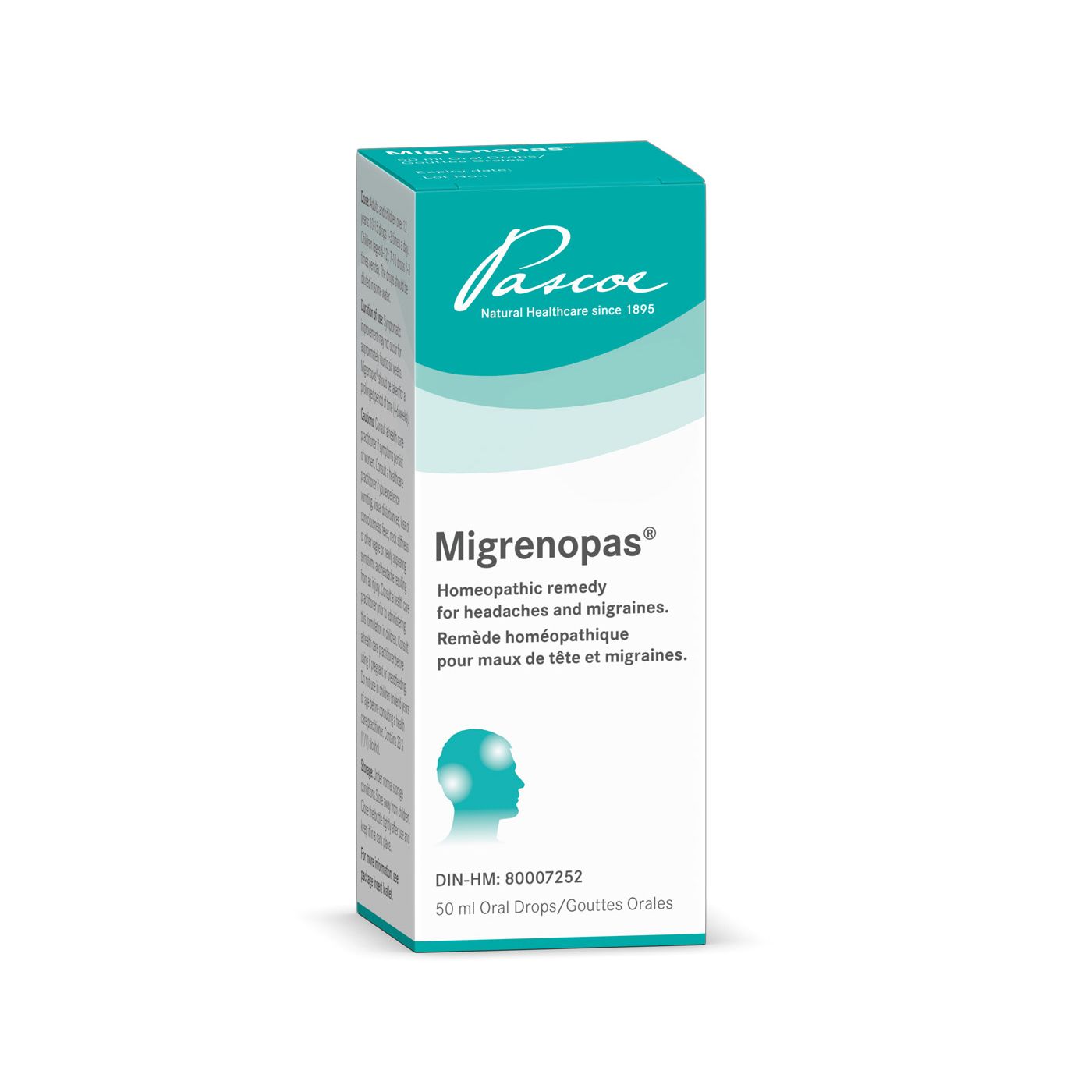

By Dr. Alexandra Sisam ND | Updated by Birgitta Kautz
Headaches and Migraines
Medicine now distinguishes between more than 200 different types of headaches. These are either so-called primary or secondary headaches.
In primary headaches, the headache itself is the disease.
Secondary headaches result from an underlying condition. There are various health issues that can cause headaches. These include infections, sinus congestion, high blood pressure, poor eyesight, concussion, hangover, anxiety and others.
Headaches can occur in various forms. Some people present with a headache behind the eyes, others feel a headache on top of the head. Another form is the so-called cervicogenic headache where the pain develops in the neck.
Tension headaches
Tension headaches are the most common types of headaches.
Its symptoms are described as a constant band-like tightness or pressure around the head. The pain usually ranges from mild to moderate. It can also be felt as a headache in the back of the head or as forehead pain.
These headaches can be chronic and are often related to:
- Stress
- Lifestyle
- Muscle tension in neck or shoulders
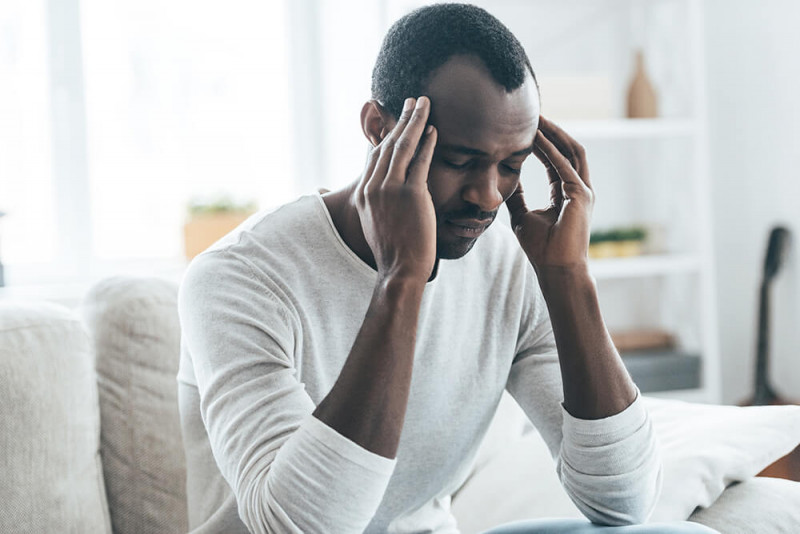

General over-the-counter medications such as ibuprofen, aspirin or acetaminophen often relieve the pain and pressure.
Migraines
Migraine pain is primarily on one side of the head. People often describe it as an intense pulsing. The pain tends to be chronic and is more intense than tension headaches.
Other symptoms include:
- Nausea and/or vomiting
- Sensitivity to light, noise, or smell
- Visual impairments
- Migraine auras
- Dizziness (typical for vestibular migraine)
Typical over-the-counter pain medications are often not enough, and it is best to treat migraines preventively. The Canadian Headache Society recommends butterbur for migraine prevention, as well as magnesium citrate, riboflavin, and coenzyme Q10.
Cluster headaches
Cluster headaches occur during a cluster period as acute attacks. These attacks are short-lasting but extremely intense. They can occur daily for weeks or months. The attacks are usually followed by a pain-free period (remission period) that can last months or years.
The pain in cluster headache attacks is described as stabbing or burning rather than throbbing pain. It usually occurs around the eye on one side of the head. Thus, symptoms of cluster headaches often include eye symptoms such as red, watery, or swollen eyes.
The primary goal in the acute treatment of a cluster headache is pain relief. Fortunately, this type of headache is quite rare
One of the main differences is the sensations and pain. People suffering from headaches often experience pain in their heads that can extend to the neck.
However, migraine is a complex neurological disease affecting the entire body. Light sensitivity, nausea, vomiting, or vision problems can disrupt day-to-day life. In strong cases, migraine causes people to stay in bed for a few days.
People affected perceive migraines as piercing and pulsating pain on one side of the head. It increases with actions that require effort. This could be as simple as walking up a flight of stairs.
About 12% of the Canadian population suffers from migraines. Women are affected 2-3 times more often than men. This is likely because of changes in hormones.
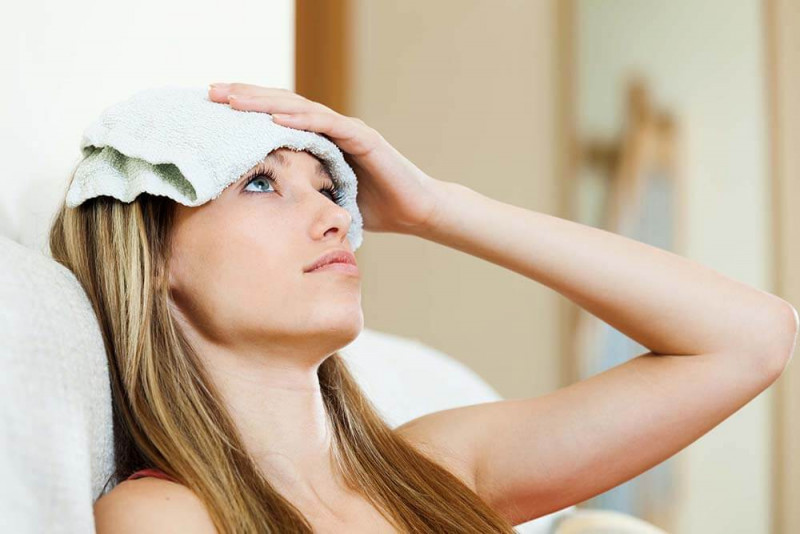

Migraine headaches can also affect children and adolescents. They often begin in childhood or early adulthood and can become chronic migraines as we age.
How long do migraines last?
These severe headaches can last between 4 hours and several days. Headache symptoms can present themselves 1-2 days before an actual migraine-like headache appears.
According to the American Migraine Foundation, a quarter of migraine patients also experience an aura (formerly known as ocular migraine).
Aura is a visual disturbance or changes in sensations that signal an oncoming attack.
Aura migraine symptoms include:
- Speech impairments
- Numbness
- Visual impairment and visual symptoms
Visual aura symptoms can vary from flashes of bright lights, blind spots, or zigzag patterns to blurred or fracture vision.
The duration of these symptoms is around half an hour. The typical migraine headache occurs during the aura or a short time afterwards. In some isolated cases, an acute migraine aura can also occur without a headache.
Vision changes or loss in only one eye are not migraine-related. They are a warning sign for a more serious condition and need medical attention.
It is not yet completely understood what causes migraines.
The following factors seem to play a role:
- Genetic predisposition (family history)
- Hypersensitivity to sensory input
- Vascular disorder in the brain
- Inflammatory processes
- Changes to certain messengers in the brain
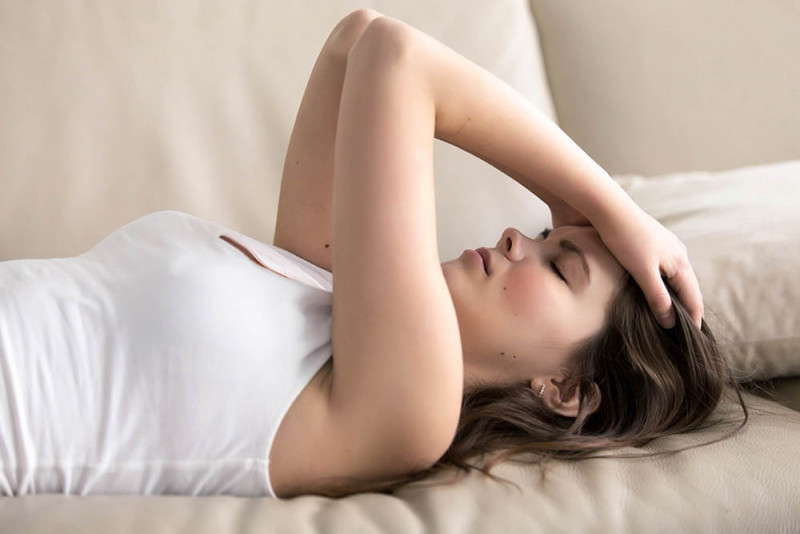

What triggers a migraine?
Trigger factors can be various. They include noise, smoke, a lack of sleep or too much sleep. Dehydration, certain foods, alcohol, or weather changes can also trigger an acute migraine attack.
Hormonal fluctuations are one of the most relevant triggers. In more than 50% of all female migraine patients, the headaches are related to the menstrual cycle. Menstrual migraine is a type of migraine that is linked to a drop in estrogen levels before the period. In some cases, birth control pills can help.
There are many triggers for headaches such as tension-type headaches, cluster headaches, and sinus headaches. These include:
- Too much alcohol or sun
- Stress
- Hormonal fluctuations
- Muscle tension in the neck and head area
- A viral infection or sinusitis
- Dehydration or certain foods
- Medication side effects or overuse (medication overuse headache)
There are several other treatments beyond medications that can help treat and get rid of headaches and migraines.
Get enough sleep/rest with a regular sleep routine:
Lack of sleep is often one of the main triggers of headache attacks of any kind. A regular sleep routine helps the body keep its equilibrium and prevents migraines.
Relax and unwind at the end of the day:
Getting into a relaxed state dilates blood vessels and increases blood flow in the body. It also helps decrease stress and muscle symptoms.
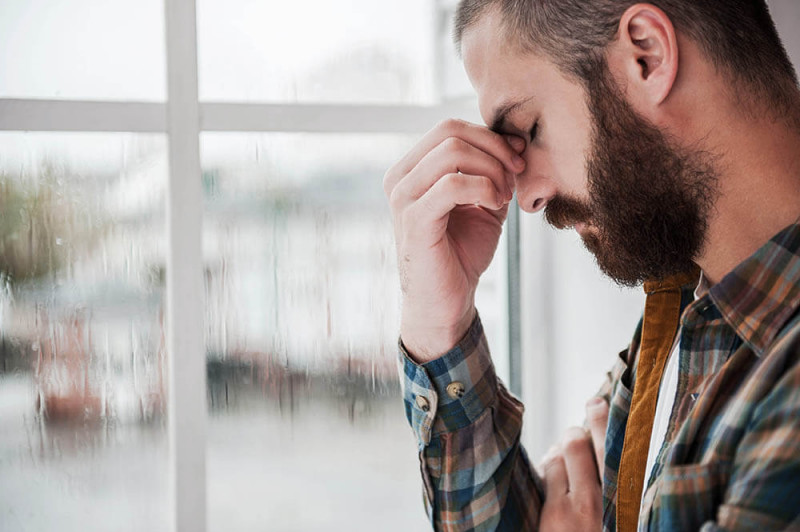

Stay sufficiently hydrated:
Those who experience headaches are often dehydrated. Staying hydrated is important for migraine relief but can also help with tension and cluster headaches.
Establish a consistent, healthy meal pattern:
Don't skip meals and eat a diet full of fresh fruits and vegetables. Avoid risk factors such as processed foods and gluten as much as possible.
Avoid foods that may trigger migraines & exercise regularly:
Some cheeses, chocolate, alcohol, and certain food additives are known migraine triggers to be avoided. Record your food intake to help identify triggers. Exercising regularly helps with blood flow and circulation.
Stress management & check your medications:
Stress makes any headache worse. It is one of the main causes of tension headaches. Try meditation or exercise as a stress management tool. Also, some medications may interfere with sleep and bring on more headaches/migraines.
Natural remedies:
Vitamin B2, magnesium, coenzyme Q10, vitamin D, and butterbur are some natural remedies that can help prevent migraines.
Butterbur - clinical trials showed a significant reduction in the number of migraine attacks compared to placebo. Only products certified as PA-free should be used.
Homeopathic remedies are another gentle migraine treatment. They do not set out to relieve pain fast but to regulate it and prevent reoccurrence. Therefore, these products should be used daily for 2 to 3 months to see the best symptomatic improvement.
Tips and home remedies for acute headaches:
- Relax in a dark, quiet room and sleep if you can.
- Place a cool compress on your forehead.
- Try rubbing your forehead and temples with peppermint oil.
- Get some fresh air if possible.
- Have an alternating hot and cold foot bath (warm long, cold-short).
- At an early stage, a cup of strong coffee with lemon and magnesium might help avert an attack.
Most headaches are nothing to worry about. However, in some cases, you should seek medical attention right away:
- Headache that comes on suddenly and very painfully, also called a thunderclap headache - this could be a stroke or aneurysm.
- Headache that comes on with symptoms such as being unable to speak, slurring of speech, weakness or numbness of the body - this could be an indication of stroke and/or a brain tumour.
- Headaches with high fever, neck stiffness or confusion - this could be a sign of meningitis.
- Extreme headaches during pregnancy - blood clots are more common during this time and could cause a stroke.
- When you have a history of high blood pressure.
- When there is a history of concussions, head injury or trauma.



